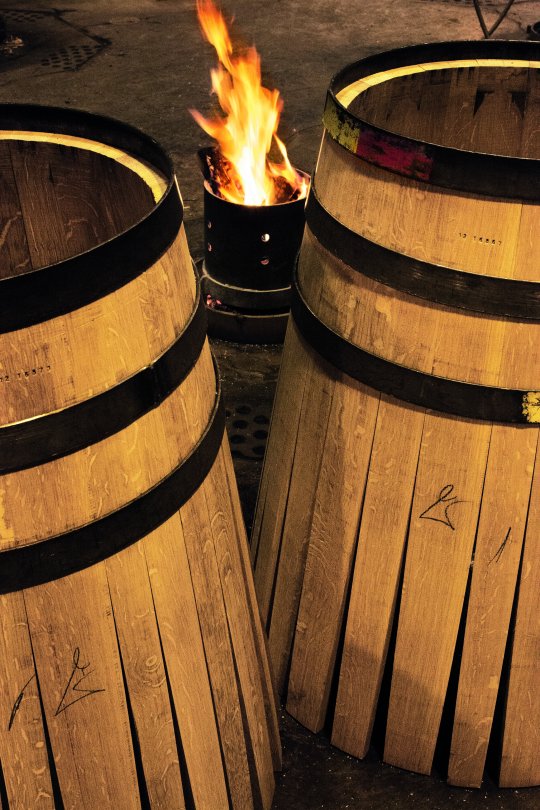For a long time, wine was transported in amphorae, but as these were very fragile, this inevitably proved to be risky and somewhat inconvenient. Wood appeared to be an excellent solution for transporting wine, as the barrels were robust and easy to move by rolling. It was only much later that the organoleptic benefits and the stability of the ageing process provided by barrels were recognized. Oak soon became the wood of choice for barrels.
While the primary wood used is oak, chestnut and acacia can also contribute other aromatic and tannic compounds. However, this is rarely the case except for one or both ends of the barrel.
For oak, three species are mainly used, sessile oak (Quercus petraea) which is the richest in aromatic compounds and the most qualitative, pedunculate oak (Quercus Robur) which has little aroma but significant tannins, and is better suited to brandies. Finally, American white oak (Quercus Alba), which is very aromatic (coconut, vanilla) and significantly impacts the wine and is thus little used in France but widely used in other regions of the world, particularly in California.

